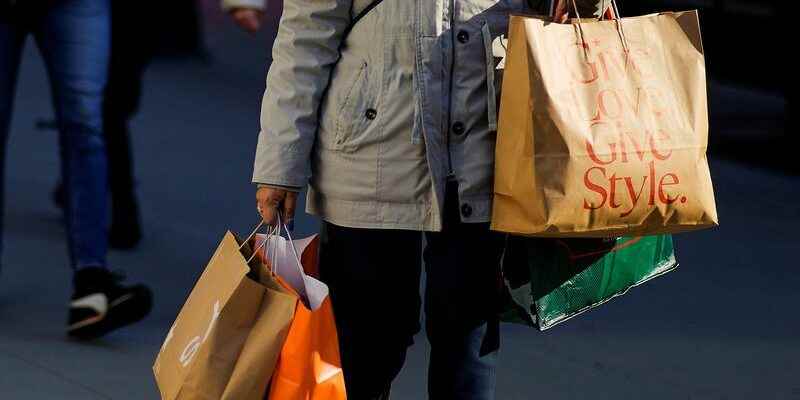WASHINGTON (Reuters) – U.S. consumer spending barely rose in November as inflation eased again, but not enough to deter the Federal Reserve (Fed) from raising interest rates to higher levels next year.
Consumer spending, which accounts for more than two-thirds of U.S. economic activity, rose 0.1% last month, the Commerce Department said Friday.
October data was revised up to +0.9% from the +0.8% previously reported.
Economists polled by Reuters had forecast consumer spending to rise 0.2%. Some of the moderation in spending last month reflects a shift in demand from goods to services.
Slower price increases for some goods also lowered the dollar amount of consumer spending.
Nonetheless, consumer spending is still expected to contribute to U.S. gross domestic product (GDP) growth this quarter, having already been a positive factor along with exports in the third quarter.
The economy grew at an annualized rate of 3.2% last quarter, after contracting in the first half of the year.
Growth for the fourth quarter is expected at 2.7%.
For its part, the PCE price index, closely followed by the Fed to establish its monetary policy, rose 0.1% last month after rising 0.4% in October. In the 12 months to November, the PCE price index rose 5.5% after rising 6.1% in October.
Excluding the volatile components of food and energy, the PCE price index rose 0.2% after rising 0.3% in October. The core PCE price index rose 4.7% year-on-year in November, after rising 5.0% in October.
(Written by Lucia Mutikani, French version Elena Smirnova, edited by Blandine Hénault)
Copyright © 2022 Thomson Reuters
